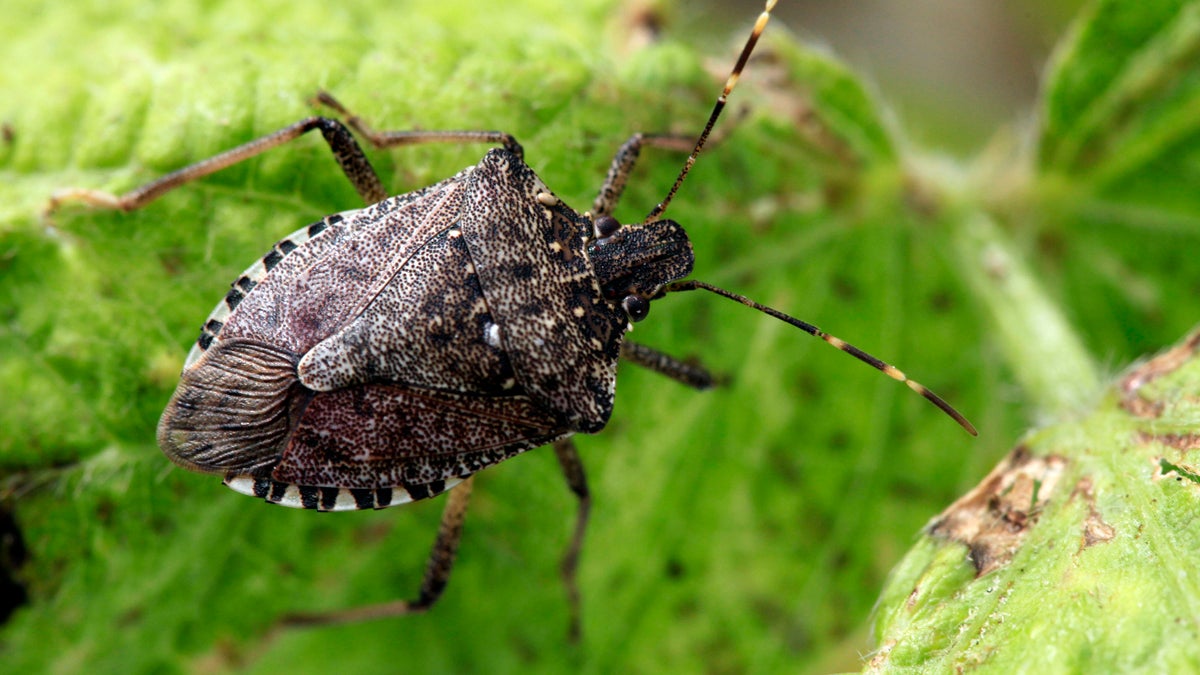Extreme cold possible threat to stink bugs

Stink bug (AP Photo/Matt Rourke)
An invasive species with few natural predators in the United States, the brown marmorated stink bug has become a huge problem for farmers and homeowners alike.
In part to lessen their impact, Virginia Tech professor of entomology Thomas Kuhar has been studying them — but this year ran into some trouble keeping his research subjects alive.
Each fall, Kuhar fills some 5-gallon buckets with thousands of stink bugs and leaves them outside, letting them slip into a kind of insect hibernation. After several months, he wakes them up, with only about 20 percent dying. But this year, with the extreme winter temperatures, Kuhar said 95 to 98 percent died.
“For the farmers’ sake I’m hopeful this will maybe knock them back a little bit, but it’s tough to tell,” said Kuhar.
Kuhar suspects his bucket conditions might fairly well approximate some of the spots the stink bugs would have picked in the wild — which might mean fewer bugs to ravage crops.
U.S. Department of Agriculture entomologist Tracy Leskey, who studies stink bugs in these more natural hideaways, has seen higher mortality at one site, but at this point those losses can’t necessarily be blamed on the colder weather.
“I think that in some locations, the stink bugs may have had trouble surviving the winter, but in other locations they could have been fine,” she said. “So I think we’re going to have a mixed bag.”
In any case, homeowners shouldn’t get too excited. Even during a polar vortex, bugs harboring in the relative warmth of an attic are likely to survive.
According to Kuhar, the ideal spot for the bugs is somewhere in between.
“The bugs actually want to be cool during the winter because it keeps their metabolism down,” he said. “And basically they can be in suspended animation for months at that cool temperature, and then not burn up their energy reserves.”
Researchers studying the bugs in their native Asia have found that the insects that become active earliest do so because they didn’t store enough fat to get them through the winter. “So they basically run out of gas and have to move to look for plants to feed on,” she said.
Temperature alone, of course, is not the only factor determining stink bug survival. But Kuhar said it does help define their geographic spread. The bugs have been seen as far north as Ontario, but the damage to crops, particularly to fruit including apples and peaches, is most devastating in the mid-Atlantic region.
If you really want weather to kill off stink bugs, Kuhar said to hope for warm snaps during the winter. That disrupts their paused state, and seems to do the most harm.
WHYY is your source for fact-based, in-depth journalism and information. As a nonprofit organization, we rely on financial support from readers like you. Please give today.

